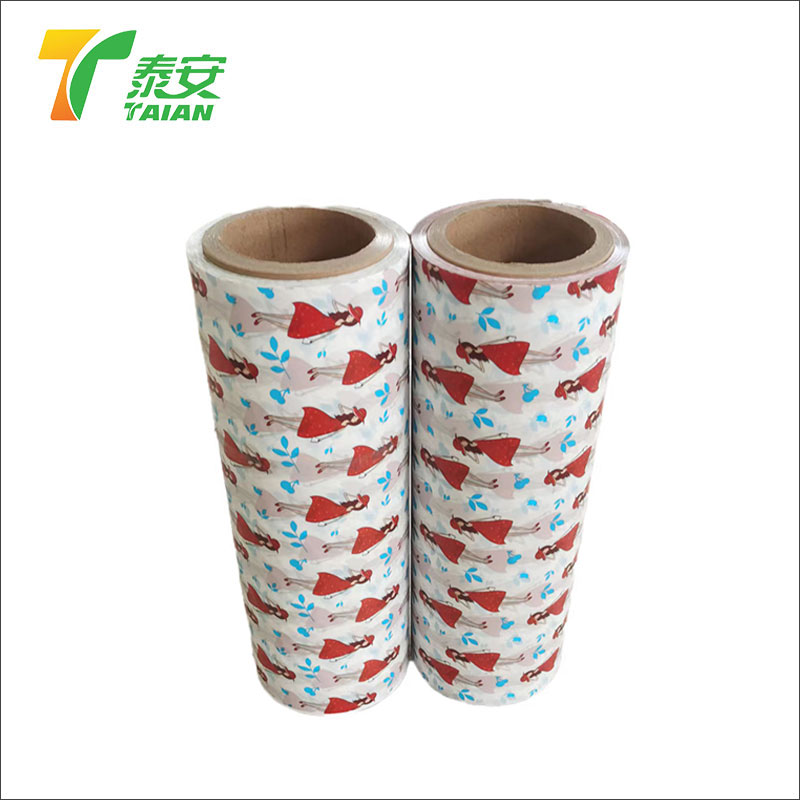Aspects of thermal lamination film
2023-10-18
Thermal lamination film is a type of plastic film that is used to protect and enhance the appearance of printed materials through a lamination process. It is commonly used in various industries, including printing, packaging, advertising, and graphics, to provide a layer of protection, durability, and visual appeal to documents, photos, posters, and other printed materials.
Key features and aspects of thermal lamination film include:
1. Material: Thermal lamination film is typically made from layers of polyester (PET) and adhesive resin. The PET layers provide strength and durability, while the adhesive resin bonds the film to the printed material.
2. Thickness: Thermal lamination film is available in various thicknesses, usually measured in microns. Thicker films offer greater protection and rigidity.
3. Gloss and Matte Finishes: Thermal lamination film comes in both gloss and matte finishes. Glossy films provide a shiny, reflective appearance, while matte films have a non-reflective, smooth finish.
4. Lamination Process: Thermal lamination involves using heat to activate the adhesive resin on the film. The printed material is placed between the lamination film layers, and the assembly is passed through a laminating machine that uses heat and pressure to bond the film to the material.
5. Applications: Thermal lamination film is used to protect and enhance a wide range of printed materials, including posters, photographs, brochures, book covers, business cards, menus, maps, and more.
6. Protection: Laminating materials with thermal lamination film adds a layer of protection against moisture, dirt, dust, UV light, and physical damage. This helps preserve the quality and longevity of the printed materials.
7. Enhanced Appearance: The glossy or matte finish of the lamination film enhances the visual appeal of printed materials, making colors appear more vibrant and text more readable.
8. Rigidity: Thermal lamination film can add rigidity to printed materials, making them more durable and suitable for applications where handling and longevity are important.
9. Water Resistance: Thermal lamination provides a degree of water resistance, protecting printed materials from accidental spills or exposure to moisture.
10. Customization: Some thermal lamination films can be customized with special effects, such as holographic patterns or textures, to create unique and eye-catching visuals.
11. Adhesive Activation: The adhesive resin on the thermal lamination film activates when exposed to heat during the lamination process. This creates a strong bond between the film and the printed material.
12. Cost-Effective: Thermal lamination is a cost-effective way to enhance and protect printed materials, extending their lifespan and improving their overall appearance.
Thermal lamination film is a versatile solution for adding protection, durability, and visual appeal to various printed materials. When choosing thermal lamination film, consider the intended application, desired finish, thickness, and the type of printing process used on the materials to ensure compatibility and achieve the desired results.



